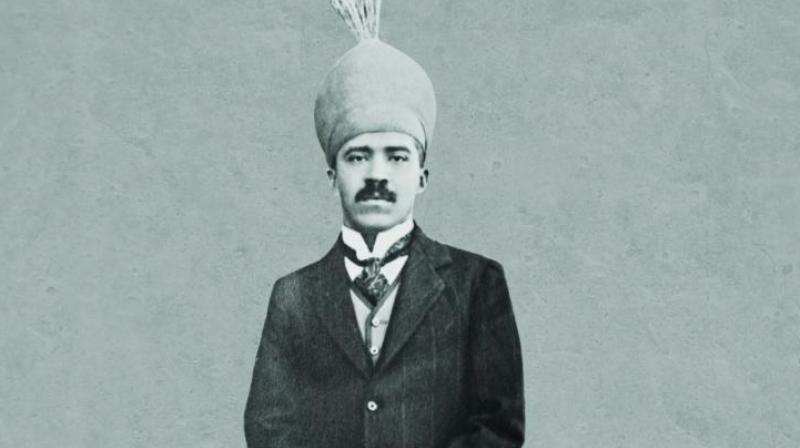Nizam VII cared more for people than himself

Hyderabad: Nawab Mir Osman Ali Khan, Nizam VII, one of the world’s richest men ever, led quite a frugal life but was concerned about the comfort of the people and especially his Khanazads, those who served him.
“Fakir the sarkar. Na kapade ke shoukeen na khane ke shoukeen. Sarkar ki baat kuch alag hi thi. Lekin hamareku accha dekhliye (The Nizam led the life of a fakir, who renounced earthly life. He neither desired costly clothes nor lavish food. But he took care of us),” recalls Mansoor Ali, 82, a Khanazad.
The Khanazad, “adopted children”, were imbued the with aristocratic code and served the royalty.
The tall and bearded Mr Mansoori lives in the house gifted to him by the Nizam in what is now a dingy lane opposite the King Koti Palace. Mr Mansoor Ali ran a cycle shop for some time after the Nizam’s death in 1967. He constructed a multi-storey building in a vacant space in the house given by the Nizam and let it out. He now serves as president of the Jama Masjid, King Koti. He is also a “amil”, helping treat people through “Allah ka kalam” or “mantras.”
Mr Mansoor Ali was among the trusted Khanazads out of 300-odd including 25 women in the King Koti palace. They joined the service of the Nizam in 1958 and were with him till his death, performing daily chores, giving food and performing “maalish” (massage) to the Nizam.
For his loyalty and service, Mr Mansoor Ali was given the privilege of lowering the mortal remains of Nizam VII in the grave at Judi mosque, King Koti, along with Mohd Babilel and Jafar Ali on the instruction of Mukarram Jah. “Can there be a better reward than this,” Mr Mansoor Ali asks.
Born in Barkas, Mr Mansoor Ali joined a short course in the Army School of Physical Training in Poona (now Pune) from August 21, 1950, to September 30, 1950. Back home, he joined a private regiment and was posted as a “khasa” in the King Koti Palace. “The Nizam appointed Mr Lawrance to teach us English, K. Hashmi for Urdu, Mohd Rifayi for Arabic and S. Mansoori for Farsi,” he says.
Mr Mansoor Ali’s duty was to hand over food for the Nizam to his daughter Ahmedunnissa Shahzadi Pasha, who in turn served the Nizam.
Narrating how he was selected as a khanazad, Mr Mansor Ali says the Nizam’s wife Laila Begum fell sick and needed blood urgently. “I along with four others was summoned to Osmania Hospital. Laila Begum’s blood group was “O”. After tests, only I had the blood group that matched hers. I gave her blood. When Sarkar was told that I had donated blood, he instructed his aides to appoint me as Khanazad with a '30 pension, free food and accommodation,” he said.
Mr Mansoor Ali lived in the barracks in King Koti. Each room had four beds. Unmarried Khanazads were provided free food and lodging.
“After my marriage I was given a salary of '400 per month and a 400 square yard land. The Nizam personally oversaw the design and construction of the houses of Khanazads. Can’t forget those glorious moments,” says Mr Mansoor Ali as tears roll down his eyes.
Married to Safia Begum, he has a son, Ali, an AC mechanic, and a daughter, Fatima.

